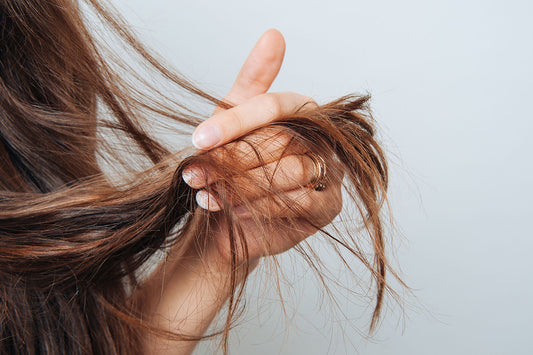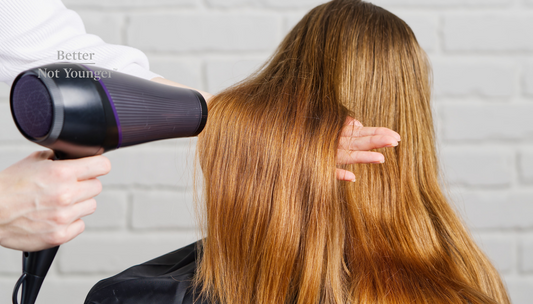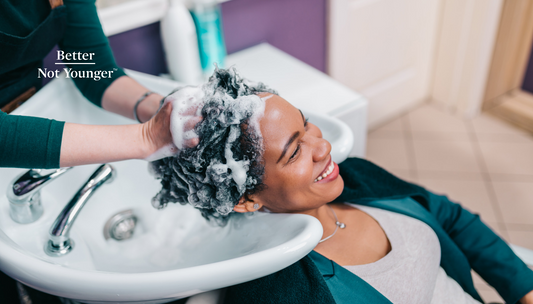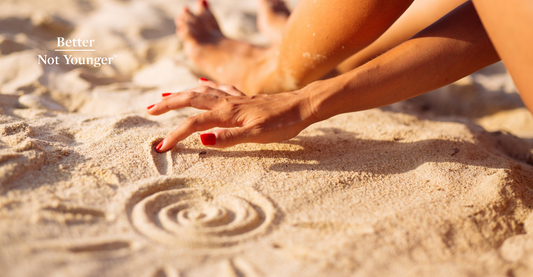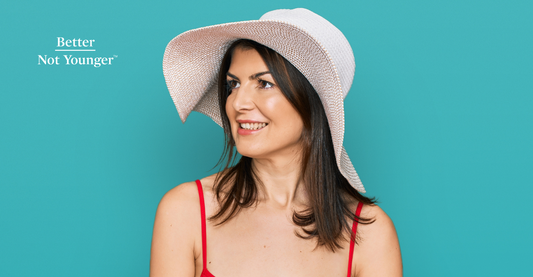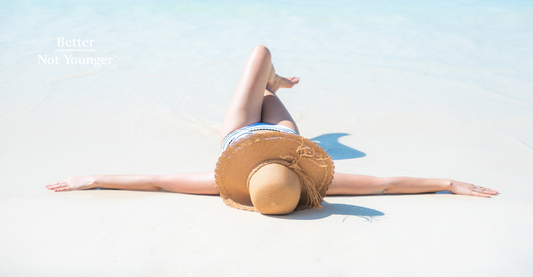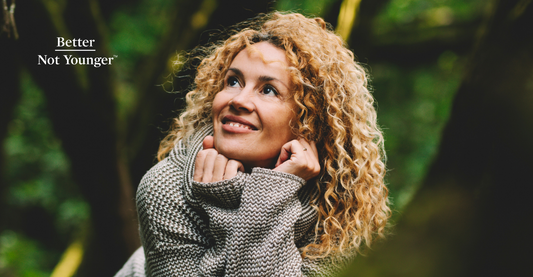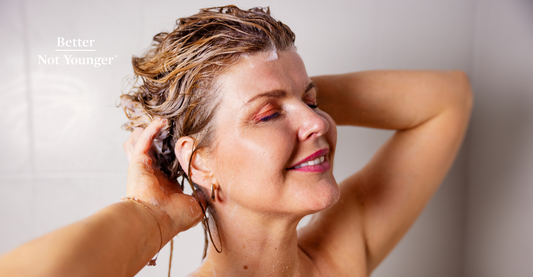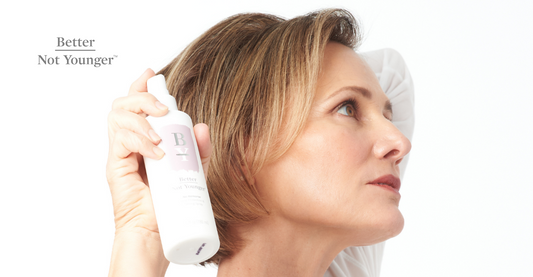The Better Blog
What Does Damaged Hair Actually Look Like?
TikTok Hair Trends Demystified
TikTok is a treasure trove of all manner of things. Whether you’re looking for comedy skits, baby animals, baby animals doing comedy skits, or something else entirely, you’re sure to find it on the social media platform. What you can also find are all kinds of tips, tricks and hacks for your everyday life. One of the most plentiful things you’ll find are TikTok hair trends.
TikTok hair trends can include anything from cool, new haircuts to hair color combos to try. But in this corner of TikTok, you’ll also find “hacks” for growing your hair longer, making it shinier and more. The thing about TikTok, though, is you can’t always count on it being true.
If you’ve been scrolling and wondered, does brushing my hair before I shower prevent hair loss or can I bleach my hair with toothpaste? Let us help you get to the bottom of these TikTok hair trends and find out if they’re fact or fiction.
Here's How to Safely Blow-Dry Your Hair
What’s the Difference Between a Hair Mask and a Conditioner
The roles of hair masks and conditioners can sometimes be unclear. If we use a conditioner, can we forgo a hair mask? In some cases, perhaps.
But as we enter our 40s, our hair starts becoming drier, duller, thinner and more brittle and our scalps start lacking the proper nutrients they need to produce healthy strands—all these factors make it even more important to understand the difference between a hair mask and a conditioner.
Aging hair can benefit from both hair masks and conditioners but knowing the differences and benefits of each is key.
When regular conditioning isn’t enough to balance our aging hair biology and address dry, damaged hair, products like hair masks can help boost moisture levels and improve scalp function. Keep reading to learn the difference between a hair mask and a conditioner.
How to Get Brassiness Out of Your Hair
7 Signs You Have Sun-Damaged Hair
There's nothing like the feeling of the sun on our skin on a warm summer day! Soaking up the sun's vitamin D is good for us. But the sun's effect on our hair? Not so good. The sun's UVA and UVB rays can damage and weaken our hair cuticles, leaving us with hair that is more susceptible to dryness, brittleness and breakage.
But don't worry—this doesn't mean you have to forgo the sun entirely this summer!
We dive into exactly how the sun affects our hair, along with the signs of sun-damaged hair to look out for this summer so you can adapt your summer hair-care routine accordingly. Read on to learn more about sun-damaged hair treatments and how to prevent UV hair damage!
How to Protect Your Hair and Scalp from the Sun
It's no secret that you should protect your hair from the sun, especially in the summer. Leaving your hair unprotected can lead to damage like brittleness and dryness while also resulting in a scalp burn from the sun. (Our hair isn't as protective of our sensitive scalp skin as we think—and this is especially true if we have thinning hair.)
This is why it's important to take a two-pronged approach to sun protection for your hair and scalp. This means using sunscreen and a heat protectant along with physical barriers like wide-brimmed hats and umbrellas to block the sun and provide UV protection for your hair and scalp.
Read on for tips to prevent UV damage to your hair, scalp burn from the sun, and what to do if you're already dealing with a sun-damaged scalp!
10 Summer Habits That Can Cause Hair Loss
We know that our hair needs more TLC in the summer, but we might not realize that we're doing small things that can have major consequences for our hair! Little habits like sleeping with wet hair, wearing our sunglasses on our head, and letting our hair air-dry in the sun can damage our hair, leading to breakage and even hair loss.
Read on to learn more about 10 summer habits that can damage our hair and how to prevent breakage and hair loss from each one!
10 Signs You Have High Porosity Hair
Hair porosity is a hot topic right now, and for good reason! Tons of factors can affect our hair's porosity, from environmental exposure to bleaches and dyes to hair texture and genetics. Understanding your hair's porosity is important so you can tailor your hair-care regimen to better address your hair issues.
Hair porosity is tied to the integrity and tightness or looseness of your hair cuticles and simply refers to how well your hair can absorb and retain moisture. Generally speaking, low porosity hair struggles with absorbing moisture but excels at retaining it, while high porosity hair readily absorbs moisture but struggles to hold it in.
So how can you tell whether you have low, medium or high porosity hair?
Better Not Younger compiled 10 signs of high porosity hair, along with tips and tricks for dealing with some of the most frustrating symptoms of highly porous hair!
Fast Fixes: The Best Conditioner for Your Hair Issues
We all know that we should use a conditioner every time we wash our hair, especially as we age and our tresses tend to become drier. But just like shampoos, conditioners are not one-size-fits-all. Tailoring your conditioner to your unique hair texture and needs is important to help fix your hair concerns and have you on the road to your best hair yet!
Whether you're looking for a volumizing conditioner, a conditioner for damaged hair or the best conditioner for curly hair, we've got you! Read on to learn more about the best type of conditioner for your individual hair issues!
Here's What You Need to Know About "Bubble Hair"
You might not know what "bubble hair" is, but if you've used heat stylers on damp or wet hair, chances are that you've dealt with the fallout from it. And if you’ve been inconsistent with using a heat protectant before blow-drying, curling or flat-ironing your locks, then you probably have some heat damage, especially at the ends of your hair. But this damage might not technically qualify as bubble hair. So how can you tell the difference?
Keep reading to learn all about the signs and consequences of bubble hair for your delicate, aging tresses. We discuss whether heat damage causes hair loss and how a heat-damaged hair treatment plan that includes routine trims at the salon and the use of a heat protectant for wet hair are essential in healing your tresses and kicking brittle, damaged hair to the curb!


